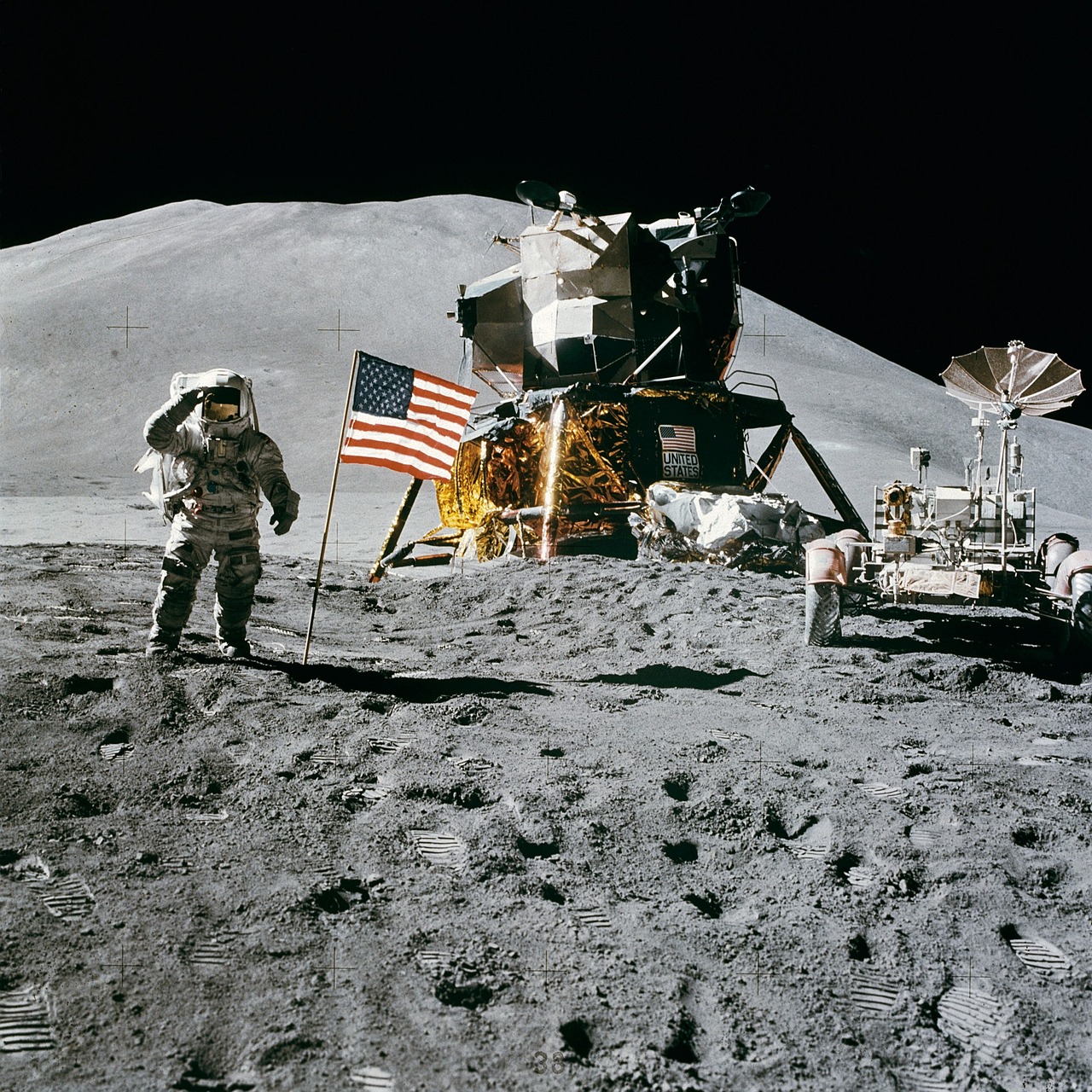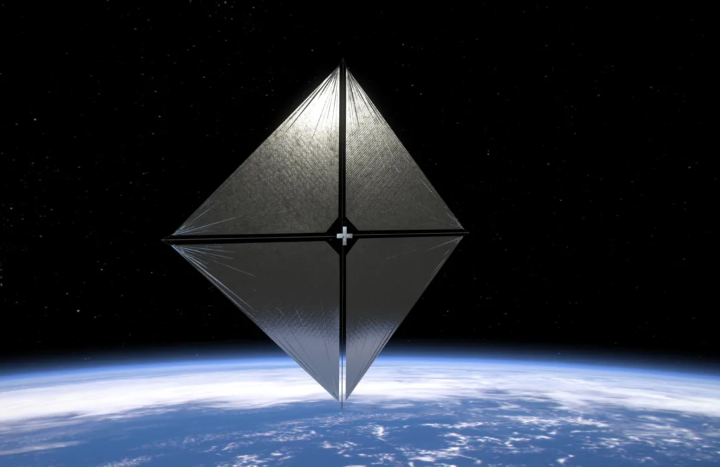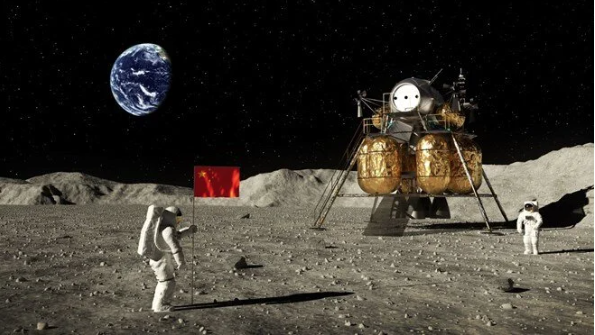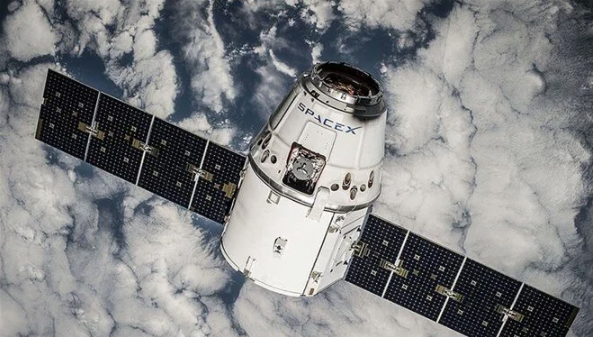For the first time in its 65-year history, NASA is investigating how intimacy between astronauts, including romantic relationships, can affect the crew on long space missions.
This special research is part of the US space agency’s preparations to send humans to Mars. Groups of half a dozen astronauts are expected to make round-trip journeys lasting years. Engineers say it would take at least nine months to reach the Red Planet with current rocket technology. Such journeys, which are unlikely to happen before 2040, would be vastly different from Apollo missions to the Moon, in part because of the limited and delayed communication astronauts would have with ground controllers. And this limitation will lead to greater crew isolation.
The study, ‘Factors Affecting Interpersonal Relationships in Long-Term Spaceflight’, is being conducted by Florida Maxima Corporation, a research company located about an hour’s drive from Kennedy Space Center, and Shawn Burke, a professor of psychology at the University of Florida.
Florida Maxima psychologist Jim Driskell says NASA, notorious for its ‘head in the sand’ approach to the sex-in-space debate, has nevertheless not shied away from investigating how sex can affect crew dynamics.
The fact that NASA’s Johnson Space Center is funding this research, which began in 2020, suggests that the agency is vigilant, if silent, about possible crew intimacy. The study probably won’t read like a steamy romance & sci-fi novel, but at least NASA realizes that human nature is not limited to Earth.
Landing astronauts on the Moon is just the beginning of NASA’s Moon to Mars program, which was 1st envisioned by Pres Bush, pushed by Pres Obama, continued by the Trump Admin & has taken flight under @POTUS.
Together, we'll pave the way for human missions to Mars in late 2030s. pic.twitter.com/4iKiS9sus1
— Bill Nelson (@SenBillNelson) May 19, 2023
First married astronaut couple in space
In 1992, astronauts Mark C. Lee and Jan Davis became the world’s first married couple to go into space together. When NASA selected the couple as crew members, they were not yet married. When agency officials learned of the relationship, they decided to make an exception to the no-spouse/no-lover rule for crew assignments. Because there was not enough time to train their replacements.
It is not known how Lee and Davis’ relationship affected the mission. According to various reports, they worked 12-hour shifts during their time in space, which limited their interactions. The couple later divorced. And neither they nor their crewmates have ever spoken about it (Davis did not respond to an interview request for this article).
One reason for this silence may be the media’s endless curiosity about whether they had sex in the weightlessness of space. Spokesperson Sandra Jones told Mashable that NASA relies on the professionalism and discretion of astronauts rather than having a policy on sexual activity in space. Rather, the agency focuses on how to keep astronauts healthy, citing bone and muscle loss, as well as exposure to cosmic radiation, as major problems.

But by health, NASA is not just talking about biology. “We want to ensure that crew members can work well together in space for a long time and are emotionally prepared for their missions,” says Jones.
Researchers studying relationships on NASA space flights have so far interviewed at least 20 astronauts for their report. In addition to mutual attraction, the psychologists are looking at how close workplace relationships, friendships and small cliques within the crew can affect the mission.
The aim of the research is to help crew members and command identify signs of potentially destructive relationships and provide recommendations on how to intervene.
Psychologist Jim Driskell, who has previously conducted research for the US Department of Defense, says astronauts are different from members of the military who follow strict no-friendship policies, adding:
“Astronauts all seem to agree that developing close relationships is really important and that it’s part of our nature. When we talk to them about it and ask, ‘Do you think this could be a problem?’ almost all of them say, ‘Of course it could be a problem. It happens all the time’.”
Driskell thinks this may be due to the diversity of astronauts’ experience and background. Because we’re not just talking about navy and air force pilots; there are professional men and women on the crews who are engineers, scientists and doctors. In office environments, they’re used to seeing coworkers dating and even marrying each other. So why should space be any different?
An ‘astro love triangle’
In 2007, a high-profile case of how personal relationships can go awry occurred when astronaut Lisa Nowak attacked Captain Colleen Shipman, who had begun a relationship with space shuttle pilot William Oefelein. Nowak and Oefelein had previously had an affair.

Police say Nowak drove more than 1,500 km from Houston to Orlando, Florida, where he attacked Shipman, an Air Force officer, with pepper spray in an airport parking lot. Nowak’s car was loaded with other items, including an air rifle, plastic hose and trash bags. But perhaps the most memorable detail was this: According to police, Nowak had used an adult diaper to avoid stopping to use the restroom. He was found guilty of battery and lost his positions at NASA and the Navy. Oefelein and Shipman later married.
The sensational incident raised questions about whether NASA’s astronaut screening process was flawed. And it demonstrated how dangerous a love triangle or a nervous breakdown can be when it happens on a small spaceship millions of kilometers away.

Alex Layendecker, an expert who recently founded the Institute for Astroxexological Research, says that such psychosocial issues could create a crisis on long-duration missions to Mars.
Astronauts may be among the most scrutinized people in the profession, but no vetting process or astronaut candidate is perfect. “Astronauts may have accomplished some superhuman things, but none of them are superhuman,” Driskell says.
Moving beyond possible scenarios, there have been serious conflicts between individuals on space flights before. Most notably between the Skylab 4 astronauts and ground controllers in 1973. Due to overwork and lack of sleep, the crew started to make mistakes too often. For a short time, the astronauts stopped talking to mission control.
Simon Dubé, a psychologist and research associate at the Kinsey Institute at Indiana University, says that after several months in space, astronauts tend to become fatigued and have poor balance, which leads to increased stress levels:
“Add loneliness, sexual problems, longing, and shake it up. Now you have an explosive cocktail!”
Sexual harassment on analog space mission
Judith Lapierre, a Canadian social medicine researcher, has revealed that she was forcibly and repeatedly kissed by her Russian commander during a 110-day experiment to simulate a long space mission in Moscow in 1999. Lapierre, who works for the Canadian Space Agency and specializes in psychosocial space research, was the only woman among the eight-member international crew in the isolation chamber. When she reported the sexual harassment to Russian officials overseeing the project, it was largely brushed off as a cultural misunderstanding and downplayed in various media outlets.
Sexual harassment is also a serious problem in other isolated, extreme environments. Last year, the National Science Foundation published a report based on surveys and interviews with people working in the United States Antarctic Program. According to the report, 72 percent of women said sexual harassment was a significant problem in such missions, while 42 percent said they were concerned about sexual assault.
Some have suggested limiting space flights to only male or female crew members, or only married couples, as Apollo 11 astronaut Michael Collins once proposed in his book Mission to Mars. But Driskell says this is not a solution because it excludes sexual orientation and identity, and married couples can be just as problematic as singles.
Driskell said, “It’s almost like you’re setting the stage for strong relationships to form. In a sense, that’s what you want. I don’t think anyone can prevent a bond from forming; we can’t avoid it in the selection and training of teams.” The solution, he says, is not to guess and try to prevent, but to give the astronauts some remedies in case problems arise.
Romantic or not, relationships develop naturally during the long training period before the mission starts. And this, of course, has its benefits: People who care about each other tend to work well together, Driskell says. They can support each other in difficult times, relieve feelings of loneliness and homesickness. Close bonds (as in any job and anywhere) contribute to team spirit.
Summarized from an article by Elisha Sauers, technology reporter at Mashable





